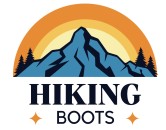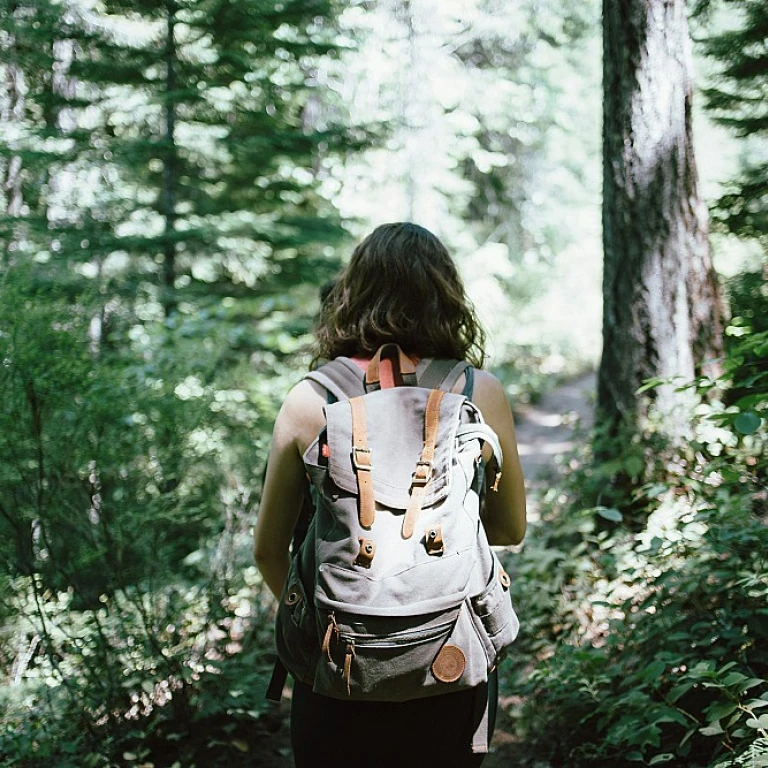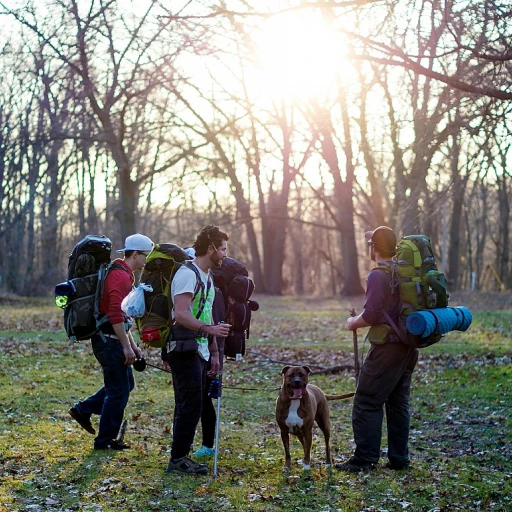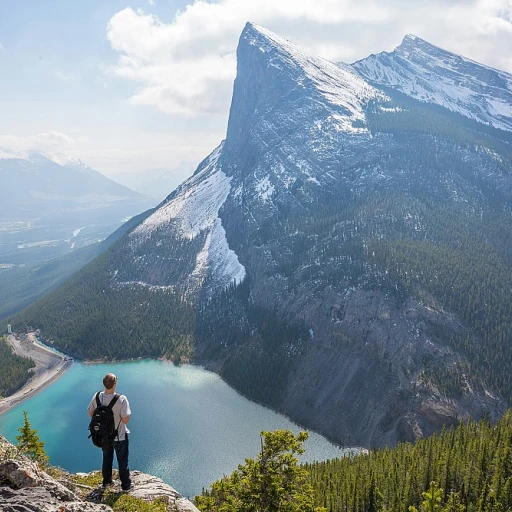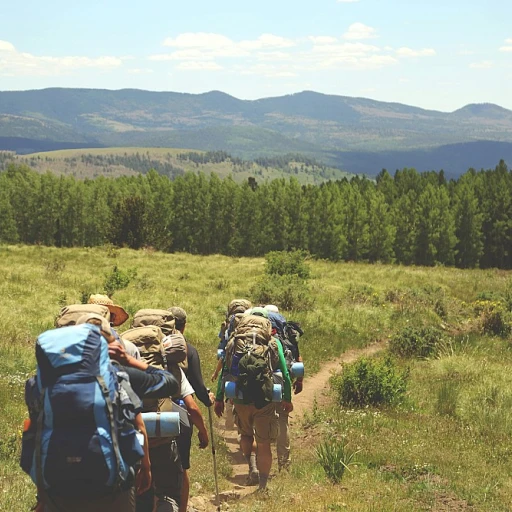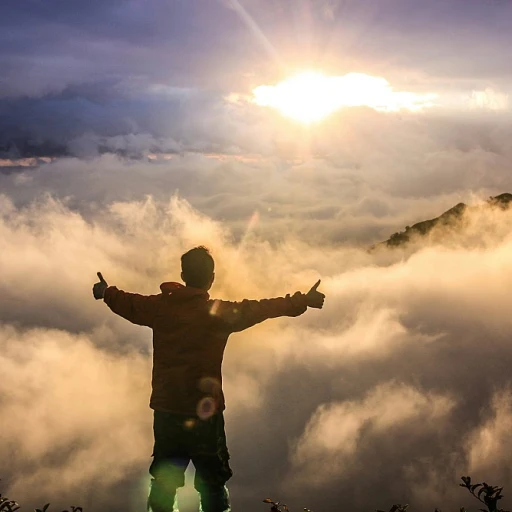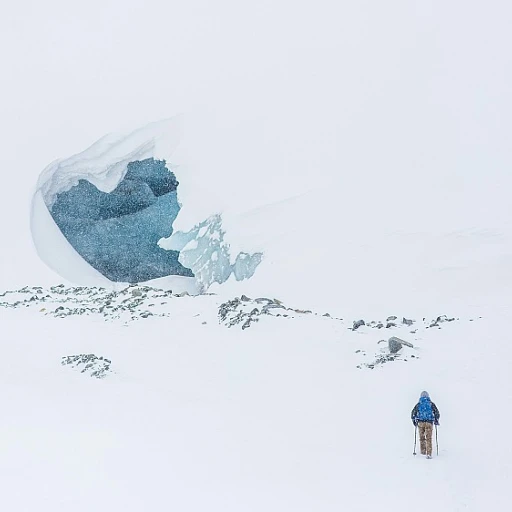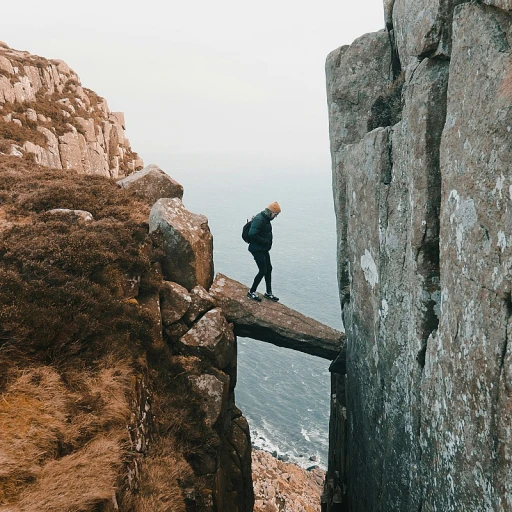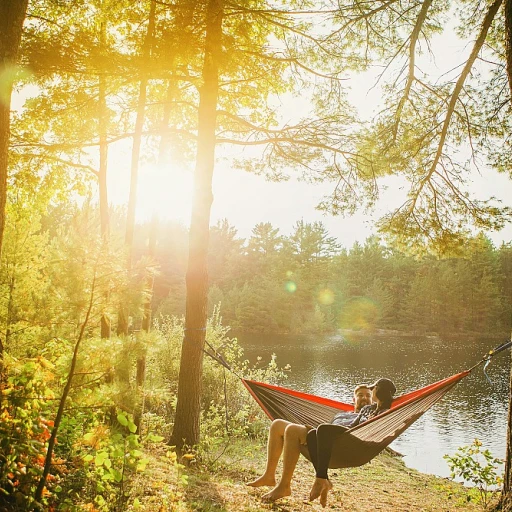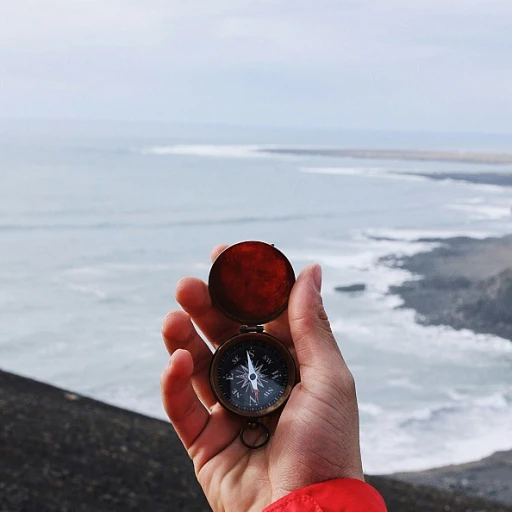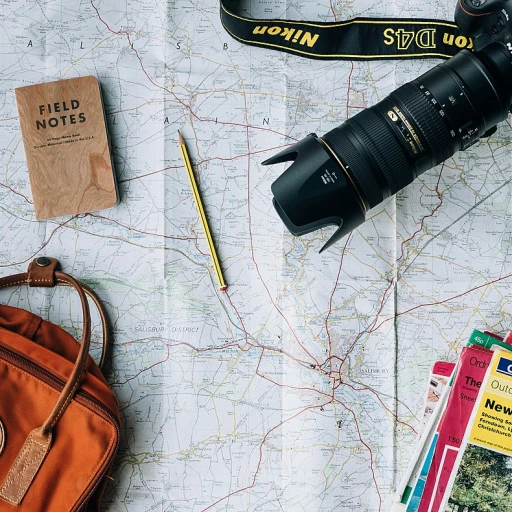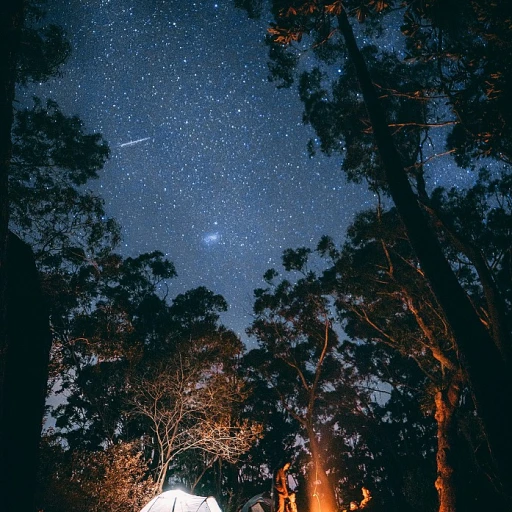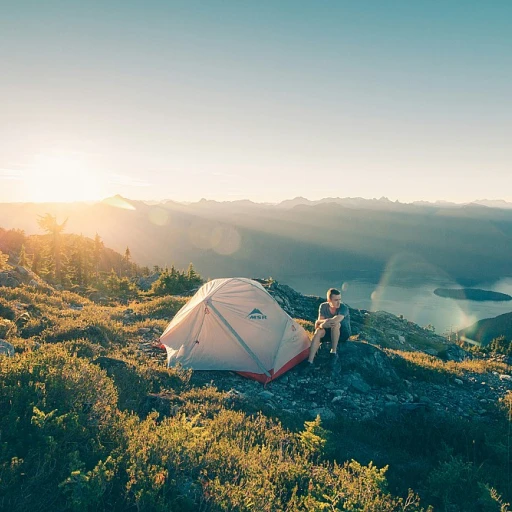Understanding the Terrain
Getting Acquainted with Yellowstone's Trails
Yellowstone National Park is a hiker's paradise offering an abundance of trails that promise awe-inspiring views and unforgettable experiences. Before you lace up your boots, let's get familiar with what makes this region so captivating. Yellowstone spans nearly 3,500 square miles across Wyoming, Montana, and Idaho, making it significantly larger than some small countries! This means one day isn't enough, so savor the days you'll spend amid geysers, valleys, springs, and more. Home to mesmerizing geothermal features, Yellowstone is renowned for its hot springs and geysers. Witness the magnificence of Grand Prismatic Spring, with its vibrant colors, or see Old Faithful perform its reliable eruption. These features add vibrant colors and excitement to your hike. Norris Geyser Basin, Upper Geyser Basin, and Midway Geyser Basin are a few spots you must check out. For water enthusiasts, Yellowstone Lake and the snaking Yellowstone River offer serene views, perfect for a peaceful moment or a picnic break during a hike. The surrounding Lamar Valley and Hayden Valley have earned a reputation for their wildlife, including bison, elk, and sometimes the elusive predator like wolves or bears. Keep your camera ready, but remember to maintain a safe distance. If canyons are more your speed, venture into the Grand Canyon of the Yellowstone. The view of the Lower Falls cascading down the canyon walls is undoubtedly one of the best sights in Yellowstone. As you set out, understanding the terrain not only enhances safety but enriches the whole adventure. Get out there and feel the crunch of the trail beneath your feet. Keen to explore more regions, see our post on the highest peaks in the United States.Essential Gear for Yellowstone Adventures
Gearing Up for the Adventure
When you're heading out to explore the wonders of Yellowstone, having the right gear can make all the difference. Whether it's your first time or you're a seasoned pro, ensuring you have the essentials will keep your experience smooth and enjoyable. Let's break down what you need to pack for a day of hiking in this stunning national park.
Footwear That Fits the Bill
Your feet are your best friends on the trail. A solid pair of hiking boots is non-negotiable. Look for boots that offer good ankle support and have a sturdy grip to handle the varied terrain, from the geyser basin to the rocky paths of the canyon. Consider reading more about hidden trails to understand the importance of the right footwear.
Clothing: Layers Are Key
Yellowstone's weather can be as unpredictable as Old Faithful itself. Dress in layers to adapt to the changing temperatures throughout the day. Start with a moisture-wicking base layer, add an insulating middle layer, and top it off with a waterproof jacket to protect against the park's sudden showers.
Backpack Essentials
- Water and Snacks: Hydration is crucial, especially when exploring hot springs or the Norris Geyser Basin. Pack plenty of water and high-energy snacks like nuts and dried fruit.
- Navigation Tools: A map of the park and a compass or GPS device will help you stay on track, especially when venturing into less-trodden paths like those near Lamar Valley.
- First Aid Kit: Accidents happen, and a basic first aid kit can address minor injuries, ensuring you can continue your adventure safely.
- Sun Protection: Sunscreen, sunglasses, and a wide-brimmed hat are essential for protecting yourself from the sun's rays, especially when hiking near the reflective waters of Yellowstone Lake.
Tech Gadgets: Capture the Moment
While some prefer to disconnect, capturing the breathtaking views of the Grand Prismatic Spring or the wildlife in Hayden Valley is a must for many. A lightweight camera or a smartphone with a good camera can help document your journey without weighing you down.
By preparing with the right gear, you'll be ready to tackle the best trails Yellowstone has to offer. Whether you're marveling at the grandeur of the Grand Canyon of the Yellowstone or taking in the serene beauty of Mammoth Hot Springs, being well-equipped ensures you can focus on the experience and create lasting memories.
Top Hiking Trails to Explore
Must-See Trails for Your Yellowstone Adventure
Yellowstone National Park is a sprawling haven for hiking fans, offering everything from challenging routes to gentle ambles through mesmerizing scenery. Here’s a dive into the top spots you absolutely can’t miss. First up, the Grand Prismatic Spring Overlook Trail. This trail provides a fantastic view of the colorful Grand Prismatic Hot Spring in the Midway Geyser Basin. It’s a short hike, only about 1.6 miles round trip, but the sight of the steam rising off the vibrant pool is unforgettable. Make sure to visit during the day when the sunlight enhances the natural colors. If you’re in search of a longer adventure, check out the Norris Geyser Basin. This is the park’s hottest and most volatile geyser basin, offering several trail options where you can admire fascinating geothermal features. A favorite is the Back Basin and Porcelain Basin Trails, which combined cover about 3 miles. Be prepared for the smell of sulfur and consider a morning visit to avoid the crowds. For views that’ll knock your socks off, the Grand Canyon of the Yellowstone is hard to beat. This canyon, carved by the Yellowstone River, boasts rugged terrain and vibrant cliffs that demand attention. Opt for the Canyon Rim South Trail toward Artist Point for a 2-mile trek that captures the postcard-worthy Lower Falls. It’s an ideal spot for sunrise or sunset when the light casts magical hues over the landscape. Lamar Valley also needs a shoutout, especially for the wildlife enthusiasts. Considered the best place for animal sightings, it’s often teeming with bison, elk, and maybe a bear or two if you’re lucky. The Lamar River Trail is a good pick here, stretching roughly 5 miles and allowing for ample opportunities to stop and soak in the sights. Lastly, if you’re starting your journey near West Yellowstone, the Lone Star Geyser Trail should be on your radar. A peaceful 4.8-mile round-trip trail that follows the Firehole River leads you to the regularly erupting Lone Star Geyser. Timing your visit just right means you can see this geyser put on its spectacular show about every three hours. Each trail in Yellowstone has its own charm and challenges, offering hikers a chance to experience the magic that this iconic park holds. Remember to pack the essential gear for your treks and respect the park’s pristine environment by practicing sustainable hiking practices. Whether you're walking by majestic water features or trekking through wildlife-rich valleys, each step brings its own reward, and guides like Exploring the Wonders of Zion National Park's Trails can enhance trips with tips that may translate across parks.Safety Tips for Outdoor Enthusiasts
Stay Safe and Sound
Yellowstone's beauty is unmatched, but it comes with its own set of challenges. Whether you're hiking through the Norris Geyser Basin or exploring the wonders of the Grand Prismatic Spring, safety should always be your top priority. Here are some tips to keep in mind:
- Stay on Marked Trails: The park is vast, and it's easy to lose your way. Stick to designated paths, especially around geysers and hot springs, where the ground can be unstable.
- Weather Watch: Yellowstone's weather can change in a heartbeat. Check forecasts before heading out, and always carry a rain jacket, even on sunny days.
- Wildlife Awareness: From bison in Lamar Valley to bears near Yellowstone Lake, wildlife is abundant. Keep a safe distance and never approach animals. Use binoculars for a closer look.
- Carry Bear Spray: It's a must-have in bear country. Know how to use it, and keep it accessible at all times.
- Hydration and Nutrition: With the park's high altitude and dry climate, staying hydrated is crucial. Bring plenty of water and snacks to keep your energy up during those long day trips.
- First Aid Kit: A basic kit can be a lifesaver for minor injuries. Include bandages, antiseptic wipes, and any personal medications.
- Inform Someone: Always let someone know your plans, especially if you're venturing into less-traveled areas like the Hayden Valley or the Grand Canyon of the Yellowstone.
Timing is Everything
Timing your visit can make a world of difference. Early mornings or late afternoons are best for avoiding crowds at popular spots like Old Faithful or the Midway Geyser Basin. Plus, wildlife is often more active during these times, offering a chance to see the park's residents in action.
Stay Informed
Before setting out, check for any trail closures or park alerts. The Yellowstone National Park website is a reliable resource for the latest updates. This ensures you're prepared for any changes and can adjust your plans accordingly.
Sustainable Hiking Practices
Leave No Trace and Respect Nature
Yellowstone National Park is a treasure trove of natural beauty, from the geyser basins to the grand vistas of the canyon. As you explore, it's important to practice sustainable hiking to preserve this wonder for generations. The Leave No Trace principles are your best guide. Pack out what you pack in, and stay on marked trails to protect the fragile ecosystems.
Be Mindful of Wildlife
Yellowstone is home to an array of wildlife, from bison in the Lamar Valley to elk near the Mammoth Hot Springs. Keep a safe distance and never feed the animals. Not only is it dangerous, but it also disrupts their natural behavior. Carry binoculars for a closer look without intruding on their space.
Water Conservation
Hot springs like the Grand Prismatic and geysers like Old Faithful are mesmerizing, but they remind us of the park's delicate water systems. Stick to designated paths around these features to avoid damaging the thermal grounds. When camping, use biodegradable soap and dispose of wastewater at least 200 feet from any water source.
Choose Eco-Friendly Gear
When preparing for your Yellowstone adventure, opt for gear that's kind to the environment. Look for items made from recycled materials and avoid single-use plastics. A reusable water bottle is a must, especially when exploring areas like the Norris Geyser Basin or the Grand Canyon of Yellowstone.
Time Your Visits Wisely
Consider visiting popular spots like the Midway Geyser Basin or Yellowstone Lake during off-peak times. Early mornings or late afternoons often offer quieter experiences and reduce the strain on the park's resources. Plus, you might catch a stunning sunrise or sunset over the Hayden Valley.
By embracing these practices, you not only enhance your own experience but also contribute to the preservation of Yellowstone's incredible landscapes and wildlife. It's all about enjoying the park responsibly and ensuring that its beauty remains unspoiled for future adventurers.
